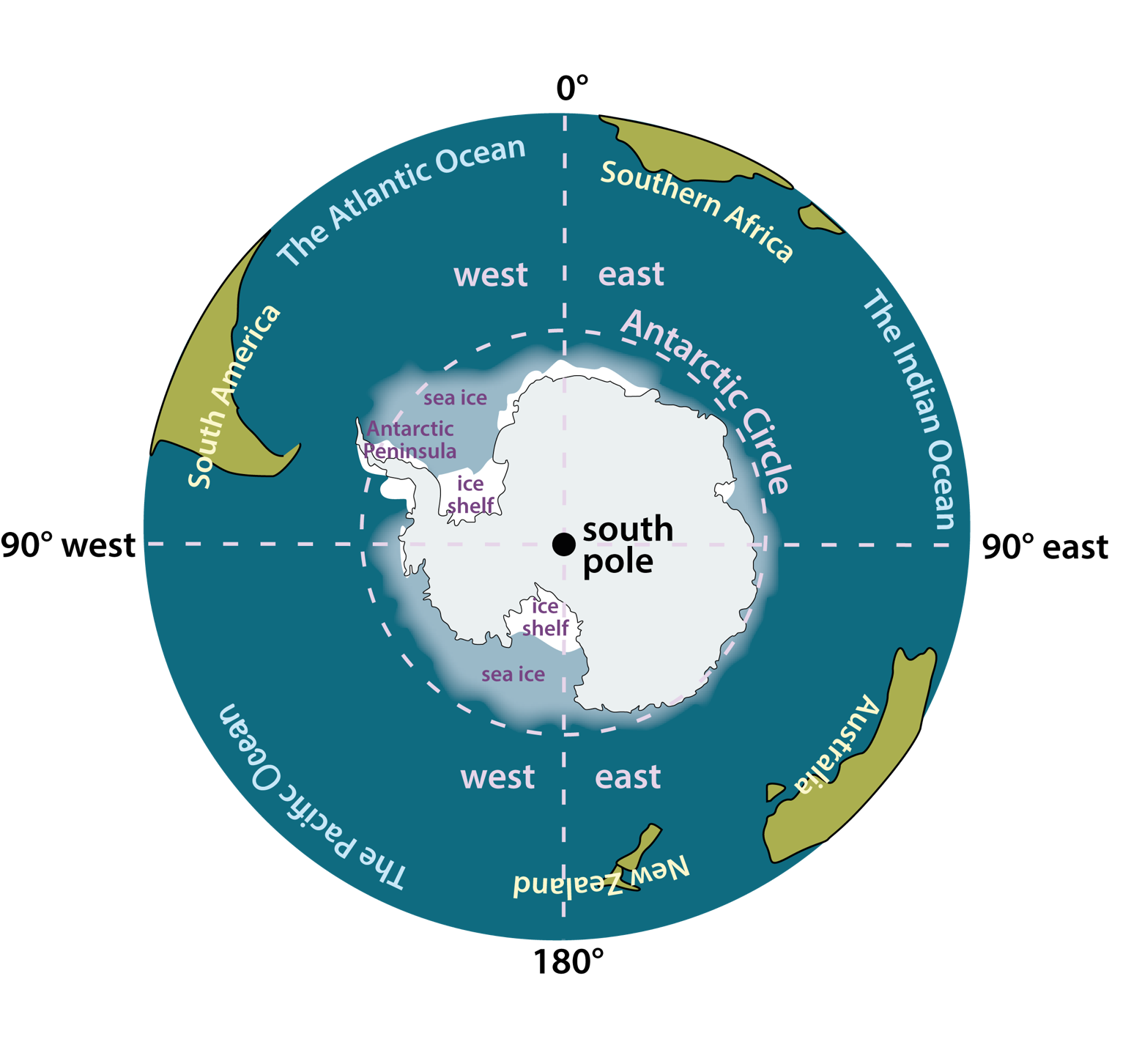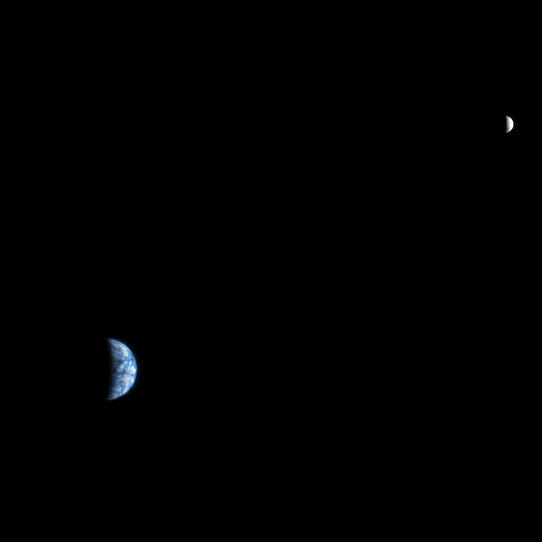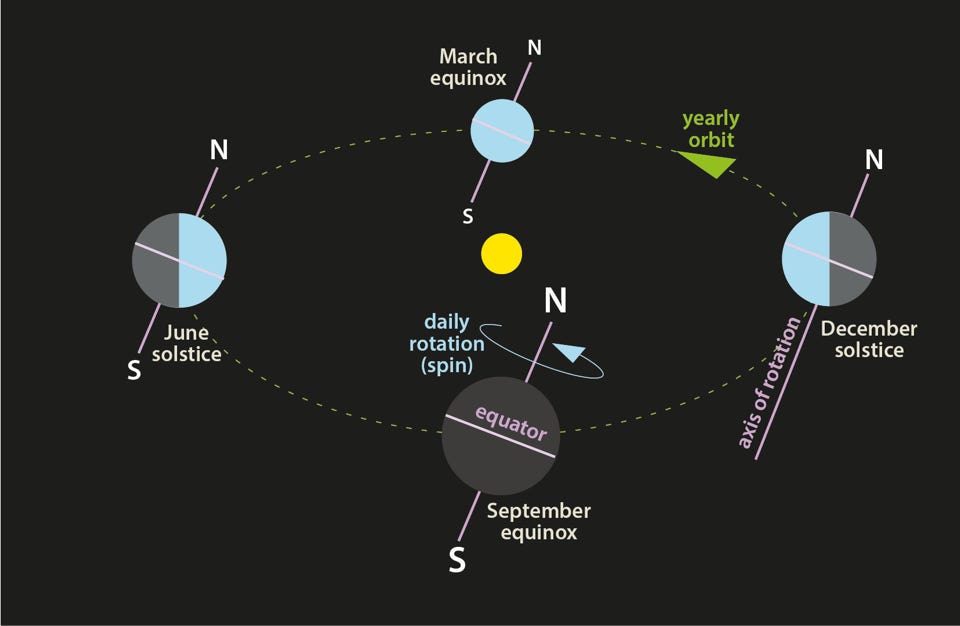
Connecting pre-university students with professional science
Contextual Curriculum Connections: Science in the Antarctic
Background video

Summertime in Antarctica, with long daylight every day, presents the best opportunity to get out to study … geology, atmosphere, weather and climate, ice cores, space, ecology
Find out about how melting ice is likely to affect the world in this video from the British Antarctic Survey.
An Australian Broadcasting Corporation video – rather long but giving a good sense of the international flavour at research stations on the Antarctic Peninsula.
NOTE: Shows alcohol consumption and a very brief naked plunge pool dive
Ice sheets, ice shelfs, glaciers, icebergs, see ice, and global ocean currents – a video from the USA Public Broadcasting Service
External videos on YouTube
We have carefully selected some relevant video, mostly publicly available on YouTube.
There are some general videos here, and each curriculum topic has short videos.
Copyright of such videos remains with the creators.
YouTube may have advertising material.
An account of the US Scott-Amundsen research station at the South Pole, by Wendover Productions (with good coverage but particularly high-profile advertising)
Geographic and astronomical background information

A view of the world from the far south
Earth in space

At the summer solstice within the Antarctic Circle, in December, the Sun stays above the horizon for 24 hours.


Earth from the International Space Station (ISS) in Earth orbit. The thin blue haze above the planet is the atmosphere.
Credit: NASA /JPL / UCSD/JSC
Earth and Moon, imaged from a spacecraft in orbit of Mars (NASA’s Mars Reconnaissance Orbiter)
Credit: NASA /JPL-Caltech / University of Arizona

The Earth (blue for daylight, grey for darkness) orbits the Sun (centre, not to scale). During the orbit, the tilt of the axis of rotation stays the same.
In December, the southern hemisphere, with Antarctica, has a bigger share of sunlight. The Antarctic experiences 24 hours of daylight.
At the June solstice, places inside the Antarctic Circle experience 24 hours of darkness. At the South Pole this long ‘night’ lasts for several months.
(C) David Brodie 2025 Note that all external videos and websites remain copyright of the creators
